 |
November 17, 2017 Volume 23, Number 46 |
Research and Education |
General Interest |
Network Tools |
In the News |
Research and EducationBack to Top | |
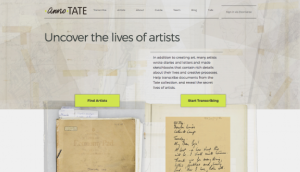 |
|
 |
|
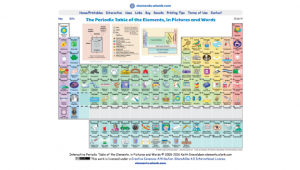 |
|
 |
|
 |
|
 |
|
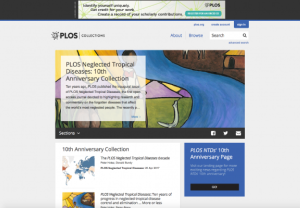 |
|
 |
|
General InterestBack to Top | |
 |
|
 |
|
 |
|
 |
|
 |
|
 |
|
 |
|
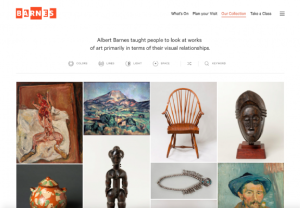 |
|
Network ToolsBack to Top | |
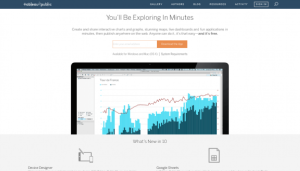 |
|
 |
|
In the NewsBack to Top | |
DNA May Offer New Clues Into Why the Passenger Pigeon Vanished | |
|
Four billion passenger pigeons vanished. Their large population may have been what did them in Why Did The Passenger Pigeon Go Extinct? The Answer May Lie in their Toes A Population of Billions May Have Contributed to This Bird's Extinction The Memory Palace: Lost Pigeons The Birds One Man's Passion For The Passenger Pigeon In the early nineteenth century, passenger pigeons were so abundant that flocks of birds were capable of darkening the sky. By 1914, the species was extinct. While it is agreed that commercial hunting and deforestation were responsible for the pigeon's extinction, scientists have long wondered why the species so quickly vanished. This week, a team of evolutionary biologists from the University of California, Santa Cruz published a paper in Science that offers new clues into the pigeon's extinction. In 2014, another team of evolutionary biologists from National Taiwan Normal University examined the DNA of passenger pigeons and discovered that the species had relatively low levels of genetic diversity. This led some scientists to speculate that the species may have been prone to frequent fluctuations in their population size, possibly contributing to their rapid extinction. In examining the mitochondria of 41 passenger pigeons, the UC Santa Cruz team found that certain regions of the pigeon's genome did contain high levels of genetic diversity. The team estimated that the pigeon thrived steadily in large numbers for 20,000 years before its sudden extinction. So, what factors contributed to the pigeon's extinction? For one, low levels of genetic diversity in most regions of the pigeon's genome made it difficult for the species to adapt once their environment was threatened. In addition, the team found evidence that pigeons may have adapted to collaborate in activities like finding food. As a result, a sudden decline in population due to hunting may have quickly threatened the whole species' ability to thrive. [MMB] The first three links take readers to three summaries of the new study, authored by Elizabeth Pennisi at Science Magazine, Nell Greenfieldboyce of NPR, and Steph Yin of The New York Times. Next, visitors will find a short but vivid 2008 episode of the Memory Palace podcast dedicated to the bird and its demise. Finally, the last two links take readers to two essays that may be of interest. The first, authored by Jonathan Rosen at The New Yorker, is a review of Joel Greenberg's 2014 book A Feathered River Across the Sky: The Passenger Pigeon's Flight to Extinction. Finally, the last link takes readers to an essay by Stanley Temple, published by The Cornell Lab of Ornithology's "All About Birds" website. This essay explores the life and work of Arlie William (Bill) Schorger, who studied the passenger pigeon and authored the 1955 book The Passenger Pigeon: Its Natural History and Extinction. | |





